When sizing a linear system, the first application parameters that come to mind are probably travel, load, and speed. In addition, details about the load’s placement, the move profile, and the duty cycle are needed in order to accurately calculate the bearing’s useful travel life, which is the typical standard by which a linear system is evaluated.
Although the travel life can guide you (no pun intended) to a suitable choice, there are other performance criteria that deserve equal consideration — and may even reveal a better solution for the application. Here are five factors that are often overlooked, but should be accounted for (in addition to travel life) to determine the best linear system for your application.
Deflection
In gantry and Cartesian applications, only the base (typically “X”) horizontal axis (or axes) will be fully supported. In gantry configurations, the Y axis (or axes) will be mounted only at the ends, with a long unsupported length between the mounting points. Similarly, for Cartesian configurations, the secondary horizontal axis (typically “Y”) will be mounted only on one end, with the majority of the axis unsupported.

Image credit: Servo Vision Co., Ltd
Deflection of the unsupported actuators can cause binding and premature wear. But in many cases, it’s relatively simple to model the actuator as a beam and the load as either a point load or uniform load in order to perform beam deflection calculations. The results of the predicted deflection can then be checked against the maximum allowable deflection specified by the manufacturer.
Accuracy and repeatability
In general, if a system requires high accuracy or repeatability, a ball screw or linear motor driven system will be the first choice. And if the required precision is relatively low, a belt or pneumatic actuator may be considered a suitable solution. But these generalizations can lead to an under-performing system or a system that’s needlessly expensive.
Many factors affect a system’s accuracy and repeatability, including the addition or gearboxes, couplings, connecting shafts, and even the system’s deflection and temperature variations. It’s important to consider all of these variables, as well as the type of feedback and control system being used, when determining the required accuracy and repeatability of a linear system. The addition of external feedback, such as a linear scale, can make a traditionally “lower accuracy” system, such as a belt driven actuator, suitable for an application that requires a high degree of accuracy and repeatability. And common servo controls can compensate for predicted inaccuracies in travel, such as the lead deviation of a ball screw drive.
Environment
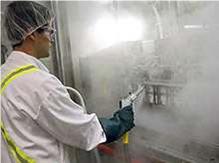
Dirt, dust, chips, and liquids are all contaminants that can negatively affect the performance of a linear system. To protect against these, a system with robust seals or sealing mechanisms, such as a linear actuator with a positively retained cover, should be used. The system can also be mounted on its side or upside down to prevent the ingress of contaminants, but keep in mind that the orientation of the actuator will influence the loads and forces on the guide and drive mechanisms.
One environmental factor that is often overlooked is temperature, or more specifically, temperature variations in the working environment. When an actuator is used in an area that can see significant temperature changes, due to ambient conditions or as the result of the process being performed, the expansion and contraction of different materials can become problematic. For example, the thermal expansion coefficient of aluminum is nearly twice that of steel. So an actuator with an aluminum base or housing and steel guides could experience binding or unnecessary stress when used in an environment with high temperature variations.
Mounting options
Linear actuators are commonly mounted via clamps on the sides of the actuator, through holes in the base of the housing, or via slots in the housing. The mounting technique impacts not only the space necessary for the actuator, but may also have an influence on deflection. In high-accuracy gantry or Cartesian systems, actuators may be pinned as well as clamped, in order to ensure parallelism and perpendicularity between axes. The mounting scheme will also affect the ease of maintenance. A system that’s easy to mount and un-mount will be easier to service or replace, and can reduce unnecessary downtime.
Maintenance

Image credit: The Barden Corporation
Most actuators require the basic maintenance of lubrication—providing grease or oil to components with metal-on-metal contact. The easiest method of lubricating an actuator is via one or more central ports that deliver lubrication to all the necessary components. But some designs make central lubrication impossible. The alternative is to lubricate each component directly, but easy access to the lubrication fittings is essential. Otherwise, there’s a risk that the user foregoes proper lubrication because it’s too much trouble.
Another factor to consider is where the lubrication access is located on the actuator. For example, if lubrication ports are located on the sides of the actuator, but other components block access, another lubrication method or another mounting arrangement will need to be found.
Bearing life is — and probably will always be — the first criteria to evaluate when selecting a linear system. But considering only bearing life typically results in multiple options that are suitable for the application on the basis of load, stroke, and speed alone. To find the best solution, it’s important to also consider the system’s overall design and how and where it will be used.

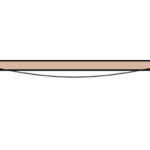

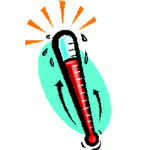
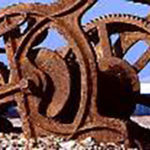
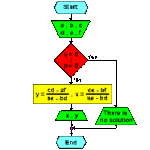


Leave a Reply
You must be logged in to post a comment.